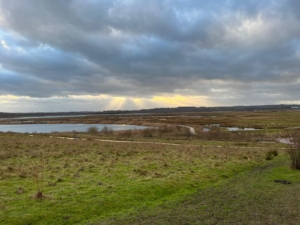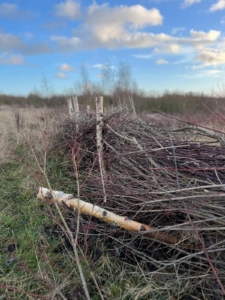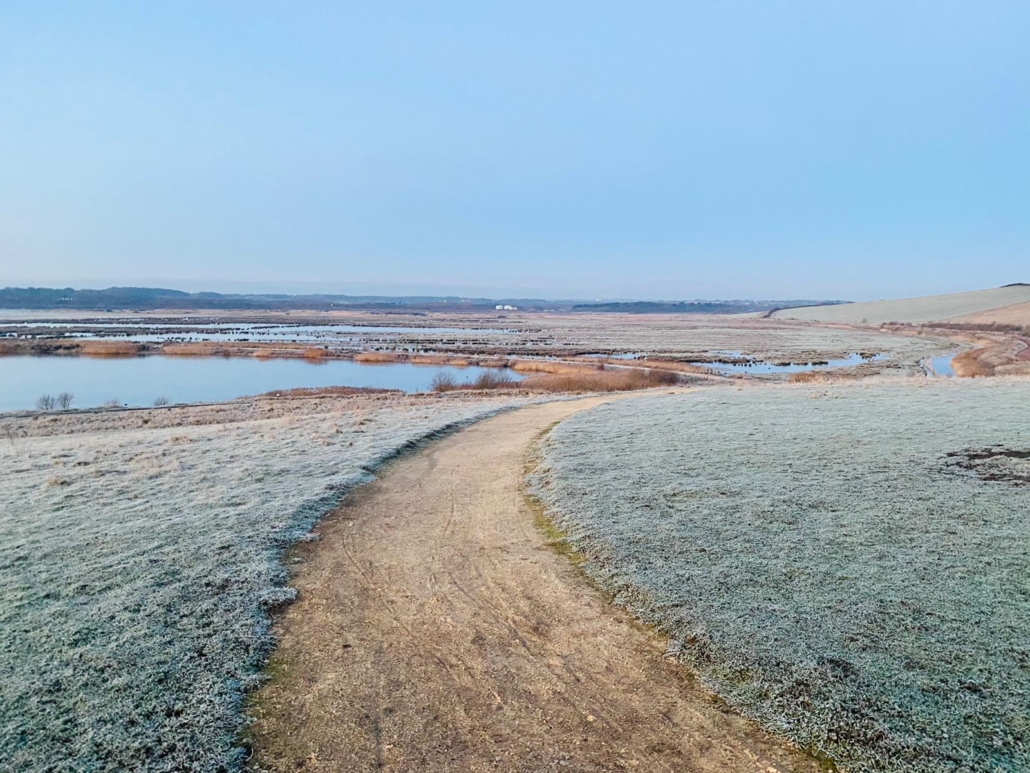Managing Landscapes for improved biodiversity
Landscaping tasks to promote biodiversity
During our landscaping maintenance works we encourage property managers and facilities managers to take measures to enhance biodiversity in the landscapes surrounding their properties. With this in mind here are just some of the landscaping tasks that can promote biodiversity:
1. Habitat restoration:
Habitat loss is one of the main drivers of biodiversity loss, so restoring habitats that have been degraded or destroyed can be a very effective way to promote biodiversity. This can include reforestation, wetland restoration, and grassland restoration.

2. Ecological succession management:
Many ecosystems go through a process of ecological succession, in which different plant and animal communities successively colonize an area over time. By understanding and managing this
process, it is possible to promote the development of diverse and resilient ecosystems.
3. Connectivity enhancement:
Habitat fragmentation can make it difficult for species to move between different areas, so enhancing connectivity between different habitats can be an important way to promote biodiversity. This can include creating wildlife corridors, restoring riparian areas, and connecting fragmented habitats. The bee lines initiative from Bug life is an excellent example of this.

4. Invasive species management:
Invasive species can outcompete and displace native species, leading to a loss of biodiversity. Managing invasive species through techniques such as manual control, as well as introducing
natural predators, is important in promoting biodiversity.

Japanese Knot Weed
5. Monitoring and research:
Biodiversity can be complex and dynamic, so monitoring and research are essential to understanding how it is changing over time and what actions can be taken to promote it. This can include
monitoring changes in species distribution and abundance, as well as studying the ecological interactions between different species.

6. Collaboration and education:
Collaboration with local communities, organizations, and other stakeholders is key for achieving long-term conservation success. It is also important to educate the public about the
importance of biodiversity, and how they can help to promote it.
It is important to note that any actions taken towards this aim must be based on scientific evidence and best practices. Also, it is important to have a clear understanding of the ecosystem processes, the species that inhabit the area, and the environmental laws and regulations in place. With this, a comprehensive and adaptive management plan must be implemented, continuously evaluated and adjusted as needed to integrate into landscape management plans to enhance the landscapes of the future.
We enlist specialists to create a biodiversity action plan (BAP) for our clients, giving a clear pathway to follow to truly enhance landscapes over a period of time to get real results.





